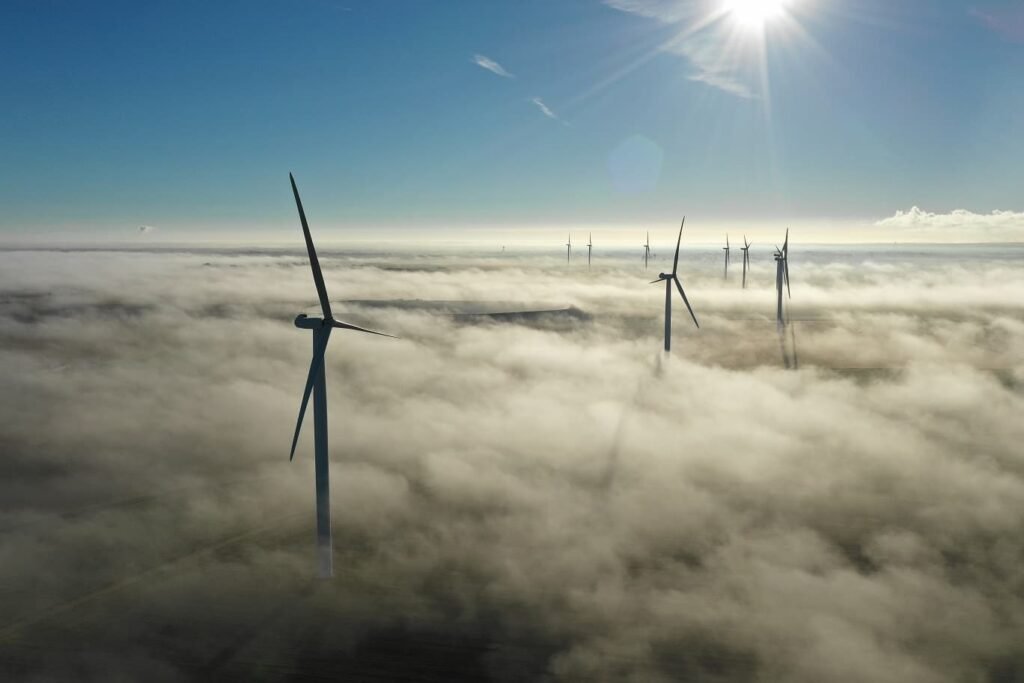At a time when communities are considering their climate energy plan, hydrogen makes it possible to completely rethink the circular economy. Because this energy makes it possible to reinvent rural mobility and at the same time implies the development of solar and wind electricity production.
With wind farms which are beginning to reach the end of their contracts, wastelands where the installation of solar panels is being studied, or even already implemented, solar land registers which list public and private buildings to implement photovoltaic power plants by encouraging if private actors are needed, the production or potential for production of renewable electricity is present at the heart of each territory. These energy productions in the climate plan boxes or already carried out are more or less advanced depending on the communities, it is true. But, precisely, energy production projects can find real economic meaning with hydrogen, which makes it possible to optimize the intermittency of this production of renewable electricity. Especially since, on the other hand, the communities have precisely the uses of hydrogen, notably with the sustainable mobility that they are in the process of inventing, as in Redon with the upcoming mobility service. The proliferation of medium-sized electrolyzers will help reduce production costs. Note that small electrolyzers are appearing; coupled with renewable electricity production, they will be able to ensure the autonomy of sites (isolated or not).
Pilot region
The scale of communities, communities of communes or departments, under the increasingly strong incentive and aid of the regions, is therefore adapted to the concomitant deployments of production and uses. A project development that is taking place across Europe, as shown by the partnership between 31 regions from 13 European countries which have come together within a “Hydrogen Valleys” platform launched last fall. Communities are often also present in major projects in their areas of activity, in addition to private companies which must decarbonize the hydrogen used in their industrial processes (steel, refineries, chemicals, etc.) or in joint work with them. Methods for sequestration of CO to decarbonize hydrogen are being developed, with use which will, for example, make it possible to produce algae intended for nutrition. As for green hydrogen, large electrolysers are arriving, announcing a massification that is taking place on large French sites, which will lower production costs. Hydrogen can also be used for uses managed by communities, such as ports or rail transport, which require significant quantities. In the following pages, we wanted to take a look back at territorial projects, from the regional strategy to the pilot example of the Redon conurbation or the Vendée department.

